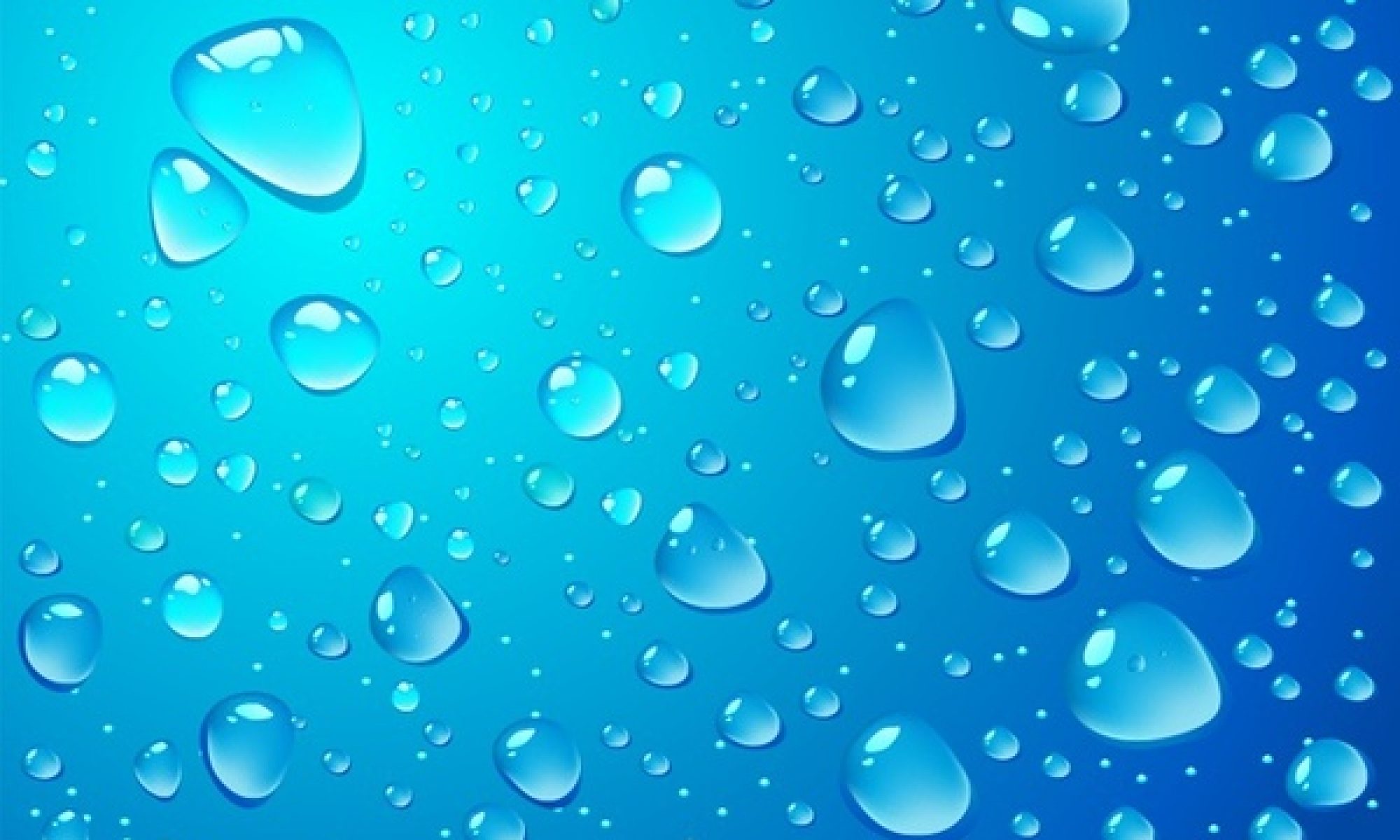Hydration is key to all living things, and without it, we would only live for about five days. Our bodies are more than 50% water and it helps maintain our normal body temperature, lubricates joints, and enables the body to rid waste through urination, sweat, and bowel movements. Doctors advise us to drink at least eight 8 oz. glasses of water every day and studies have shown that women, on average, will consume approximately 91 oz. of water and men will drink about 125 oz. of water every day. Part of this consumption of water is from foods such as fruits and vegetables. It seems quite simple why water is so important to our health, but understanding the different risks from contaminations and how to protect your drinking water can be more in-depth.
Is Tap Water Safe?
In general, tap water is considered to be safe to consume if it comes from a public water system that is run and maintained by a municipality. When drinking water exits a treatment facility and travels to your home, the quality standards must reach strict safety requirements. Unfortunately, even with these safety policies, it does not mean that the water is free of any contaminants, but that the levels of the pollutants are low enough not to cause any health risks. Accidents do happen and if the water supply does become contaminated with something that can create illness, the supplier must inform consumers within 24 hours and offer alternative suggestions for safe drinking water.
Types of Contaminations
There are a few ways that water can become contaminated. Water can contain microorganisms like parasites and bacteria that are added to the water from human or animal feces. It can also become contaminated from industrial waste such as spraying crops that contain chemicals or nitrates used in fertilizers that run off the land. Sometimes the natural deposits from underground can have various minerals like lead or mercury that can enter the water supply. Lead can also transfer to a water source through old lead pipes as well. Even pipes that claim to be “lead-free” can contain as much as 8% lead. To avoid lead consumption when using tap water, use water from the cold tap and to let the water run for a minute before using it.
A Solution to the Problem
Often, when a contamination notice is sent to homes about a water crisis, it is advised to boil your water for 24 to 48 hours, so many consumers are under the impression that contaminates can be removed by heating the water to cleanse it. Boiling water will indeed kill germs; however, contaminants such as lead, nitrates, and pesticides will not affectedly be removed using this method. It may have an opposite consequence since boiling will reduce the amount of water when it evaporates, making the concentration of the contaminate even higher. There are four main types of water filters that are more beneficial for contaminant removal:
- Activated Carbon Filters – These can remove organic contaminants that change the taste and smell. Certain systems are designed to remove chemicals such as chlorination by-products, pesticides, and some metals like copper or lead.
- Reverse Osmosis – This filtration system can remove nitrates, sodium, pesticides, and petrochemicals.
- Ion Exchange – This type of filter can remove minerals like calcium and magnesium, and they are used in combination with other systems such as carbon absorption or reverse osmosis.
- Distillation – This method creates distilled water by collecting condensation of steam from boiling water.
The experts at Reynolds Water Conditioning have a solution to your home’s unique water quality needs, including arsenic, bacteria, chlorine, rotten egg smell, fluoride, hard water, iron, lead, acid, tannins, radon, and more. To learn more information on our water treatment solutions, including water softeners and conditioners, water filtration and purification, reverse osmosis drinking water, and iron and odor removal, visit https://reynoldswater.com.
